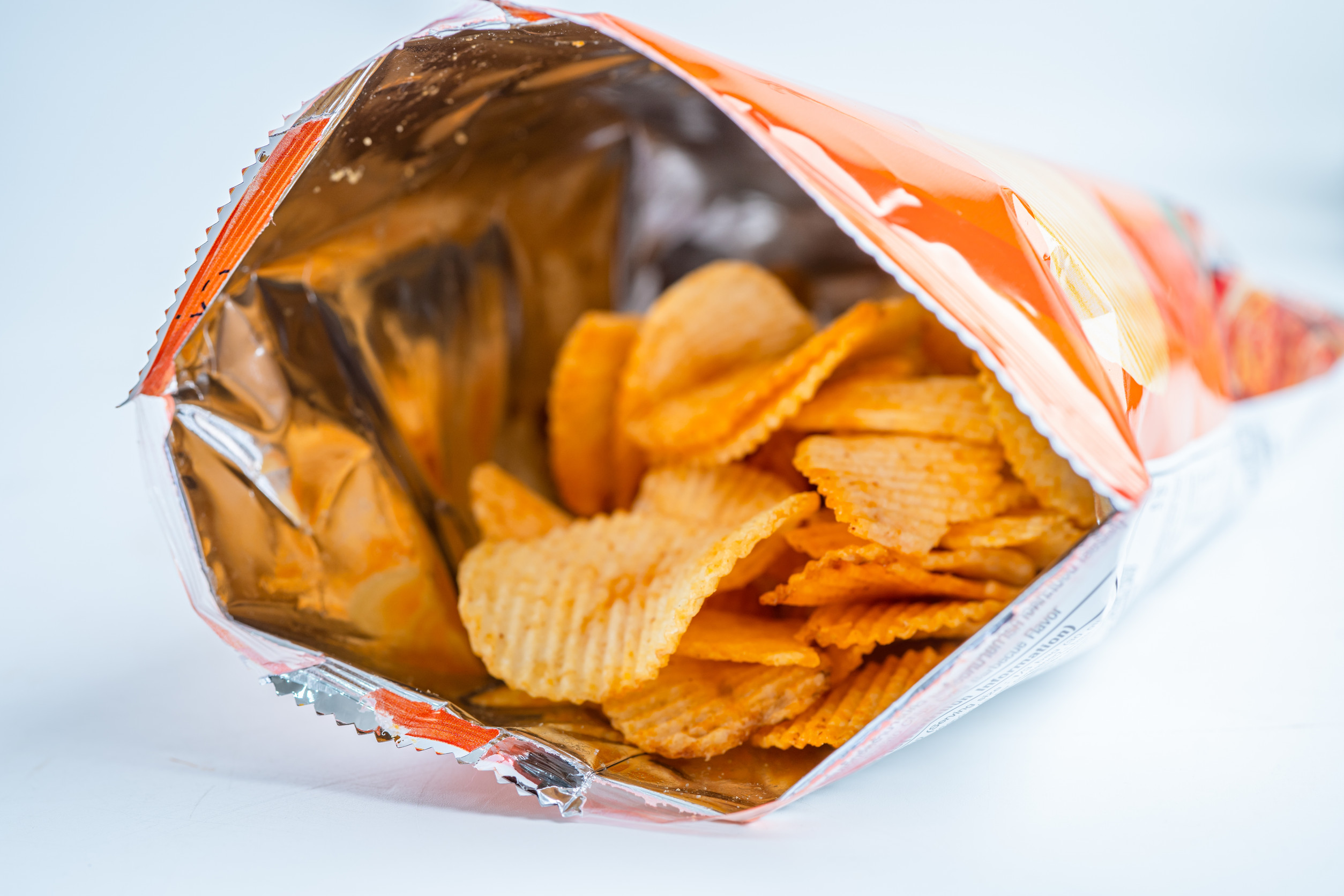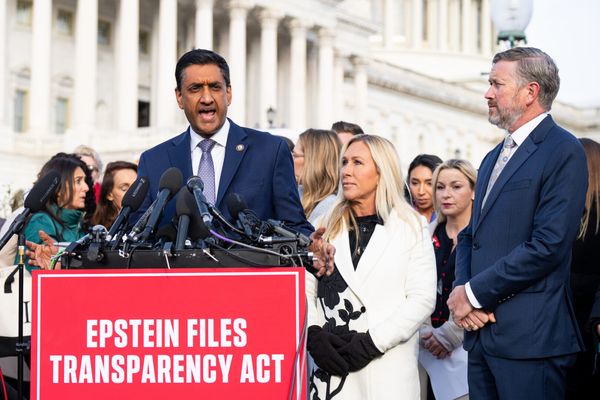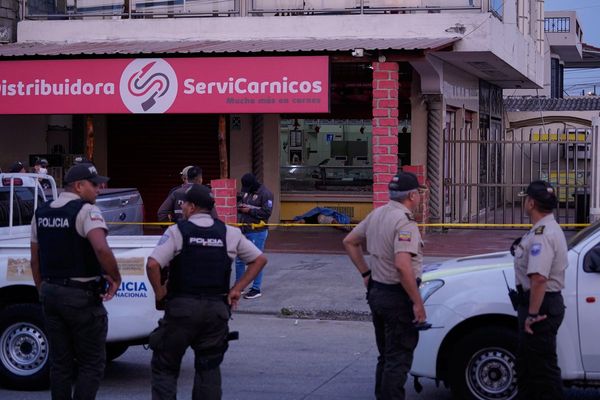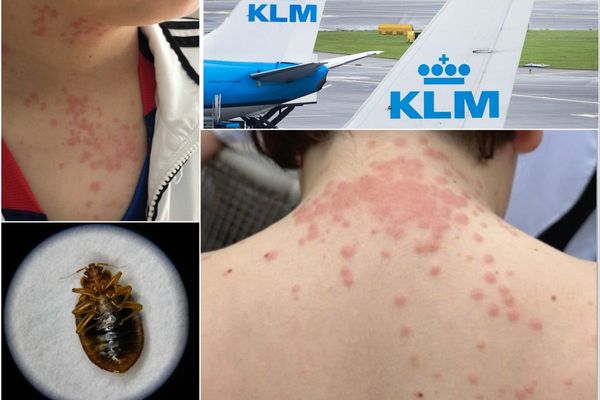
Ever feel like you’re paying full price for half the product? You’re not imagining it. Many packaged items include so much air, tricks like false bottoms, or oversized containers that you end up with far less than expected. The reality is that packaged goods contain less than 50% of what the packaging suggests—and sometimes it’s downright misleading. Knowing which products often fall short, and how to spot them, can help you shop smarter and avoid buyer’s regret. Let’s unpack seven everyday items that may be underserving you.
1. Snack Bags with Too Much Air
You’ve probably opened a bag of chips or popcorn only to find it mostly air. This space is known as “slack-fill,” and while some is necessary for protection, much of it can be non-functional and misleading. According to packaging experts, many snack packages use oversized bags that visually suggest more product than what’s inside. When visual cues dominate over actual content, it’s easy to feel shortchanged. Indeed, this is a classic case where packaged goods contain less than 50% of what the presentation promises.
2. Cosmetic Jars with Hidden Compartments
Beauty products—from creams to serums—often come in large jars with deceptive volumes. A significant portion of the container may be empty or house a false bottom, making them one of those packaged goods that contain less than 50% surprises. The empty space looks luxurious but delivers less product than you’d think. Brands capitalize on perceived value by using oversized packaging. Being wary of packaging size versus net weight can save you money and frustration.
3. Supplement Bottles Half-Empty
Vitamins and supplements are another area where underfilled bottles are common. Many of these products include fewer pills than the large containers suggest, making supplements frequent culprits where packaged goods contain less than 50% of the expected amount. The impact is not just financial—your health routine may be compromised if doses don’t last. Checking the net weight and pill count before buying helps you avoid these traps. Transparency matters more than big packaging.
4. Candy Boxes with Fat Trays
Remember those nostalgic theater-style candy boxes? The plastic trays holding the candy often occupy a lot of space, leaving you with less candy than it appears. These boxes typically conceal the actual volume visually—perfect examples of packaged goods contain less than 50% of perceived content. While visually appealing, they deliver less product and can make you feel duped. Opt for transparent packaging or multipacks printed with net weights for more honesty.
5. “Mixed Nuts” with Mostly Peanuts
If you reach for “mixed nuts” expecting a balanced blend, you might be disappointed. U.S. regulations require that mixed nut products contain at least four different types of nuts, and no single type may exceed 80% by weight. But historically, many cans contained up to 75% peanuts, despite the label suggesting a variety. Although underfilling isn’t precisely the issue here, the labeling often implies more balance than reality—another form of misleading content presentation. It’s worth checking ingredient order and percentages.
6. “Light” Labels That Dilute Ingredients
You’ve seen it before: a “light” or “reduced fat” version that seems healthier but fills the container just as a full-fat product would. These labels often comply with regulations (e.g., 50% less fat) but don’t necessarily reduce the volume of other less desirable ingredients. In some cases, water or fillers make up the difference, leaving you with less substance than you believed. These deceptive formulas reflect how packaged goods contain less than 50% of expected integrity, if not less. Reading ingredient lists can help you avoid these traps.
7. Discrepancies in Net Weight vs. Container Size
Even products with accurate net weight labeling can be misleading if their container size exaggerates the amount. Courts have noted that truthful weight disclosure doesn’t always protect consumers from misleading packaging—size perception counts too. So you might see the net weight makes sense, but still feel betrayed by the bulky case. Many everyday items still use oversized containers to convey abundance, even if the actual content is significantly smaller. It’s a stealthy way companies inflate perceived value.
Smarter Shopping Starts with Seeing Beyond the Surface
From chips and creams to candy and supplements, the theme is clear: many packaged goods contain less than 50% of what their packaging leads you to believe. The first step? Know how to spot slack-fill, exaggerated containers, or misleading labels. Look for net weight, compare jar vs. product ratio, and opt for transparent or standardized packaging. Your wallet—and sanity—will thank you for it.
Have you noticed any everyday products that feel mostly empty? Share your sneakiest finds in the comments below—and help others stay informed!
You May Also Like
6 Times Big Brands Were Sued for Copying Store-Brand Packaging
Why Are Some Organic Labels Being Quietly Removed in 2025?
Are Tennessee Retailers Selling Repackaged Expired Foods?
Can You Still Trust “Sell By” Labels on Fresh Produce?
7 Foods in Pennsylvania That Are Labeled “Local” But Aren’t
The post 7 Packaged Goods That Contain Less Than 50% of What’s on the Label appeared first on Grocery Coupon Guide.







